The fourth season of a programme dedicated to the collective contemplation of
Red Square and Space. Mediation in the Extended Field
- Date:
- 11 Sep–
27 Oct 2024
- Age restrictions
- 12+
The mediation programme offers several alternative routes through the exhibition. Rather than following the main trajectory of art history, we study sections and key works with a critical perspective, focusing on the less obvious aspects of the interplay between painting and everyday life. The programme aims to expand the field of interpretation of artworks and pictorial images by connecting them with the biographies of their artists, and looking beyond the canvas into public spaces—city squares, museums, and educational institutions.
Work group
Karina Chernyshova, Masha Galochkina, Darya Goryacheva, Nika Karpenko, Sergey Kochkurov, Danya Korshikov, Anya Leonova, Alina Miroshnik, Ekaterina Voronovich
Coordinator
Sonya Mezhericher
Producers
Anastasia Kuklina, Angelina Vorona
Illustration: Anya Todich, Katerina Migal
The metaphorical starting point is not Kazimir Malevich’s Black Square, to which the project title refers, but his Red Square (Painterly Realism of a Peasant Woman in Two Dimensions, 1915). Like Black Square, the painting was displayed at the Last Futurist Exhibition of Paintings 0.10, which introduced the public to a new genre in the Russian avant-garde—suprematism. In a contemporary reading, Red Square becomes an opportunity to reflect not only on the painterly method but also on social relations, folk culture, and their transformations beyond the canvas.
Through discussions, tours with invited experts, open interviews, workshops, and the practice of performative mediation, we will attempt to answer the questions directly or indirectly raised by the project. Is the legacy of late nineteenth-century art and the Russian avant-garde still relevant today? How relevant are the themes of the exhibition to the interests of the contemporary viewer? How have the relationships between artists and museums changed over the last century?
Programme
Among True Works of Art, One Occasionally Finds Tasteless Things
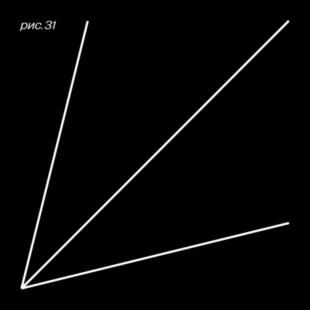
When: 11, 19, 25 Sep, 8, 17, 27 Oct, 19:00–21:00
The architecture of the exhibition Square and Space. From Malevich to
Each meeting in the series is dedicated to one of the works presented at the exhibition and to texts from different eras that comment on it. In the first discussion, we will focus on Ivan Aivazovsky’s painting The Black Sea (1881): we will look at it through the lens of contemporary art criticism and explore the opinions of Aivazovsky’s contemporaries. We recommend that participants read Alexandra Novozhenova’s essay A Lot of Water and the memoirs of Alexander Zhirkevich, published in the article Visiting Aivazovsky in the Tretyakov Gallery magazine.
At the second meeting, we will discuss Arkhip Kuindzhi and his painting Landscape. Steppe (1890–1895). We recommend that participants familiarise themselves in advance with the book A. I. Kuindzhi (1913) by literary critic and publicist Mikhail Nevedomsky and artist Ilya Repin.
The third discussion will focus on Illarion Pryanishnikov’s painting Pot of Shared Offerings on a Patronal Feast (1888). Before the meeting, we suggest reading The Peredvizhniki Exhibition from the third volume of V. V. Stasov’s Selected Works in Three Volumes: Painting. Sculpture. Music (1952).
In the fourth meeting, the conversation will centre around Wassily Kandinsky’s Improvisation (1913). We recommend reading the artist’s texts On the Spiritual in Art (1910) and Point and Line to Plane (1926) in advance.
During the fifth discussion, we will examine the work Untitled (1989) by American abstract artist Cy Twombly. Before the meeting, we suggest reading Writing Degree Zero (1953) by philosopher Roland Barthes.
In the final meeting, we will carefully analyse the second version of Kazimir Malevich’s Black Square (1923). We recommend reading two manifestos: the Futurist manifesto A Slap in the Face of Public Taste (1912) and Malevich’s Suprematist Manifesto (1918).
Mediators
Yulya Karpenkova, Anya Leonova, Katerina Lyainen, Tatyana Melnikova, and Alina Miroshnik are mediators at
Preserve and Maintain
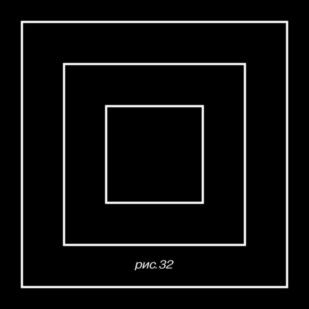
When: 13 Sep, 4, 18 Oct, 19:00–21:00
When visiting an exhibition, viewers usually focus on the displayed works and the relationships between them, while the process of creating the exhibition often remains unnoticed. In a series of three meetings, we will discuss the invisible labour of those responsible for the preservation of the works—custodians and restorers.
Together with experts, we will not focus on the objects of art themselves, but rather on the history of their existence, and try to understand how works acquire the status of cultural value, and why they should be preserved and maintained.
Mediators
Nika Karpenko and Anya Leonova are mediators at
Experts
Igor Voklov is an art historian, curator, custodian of museum items at the Department of Modern Trends, State Tretyakov Gallery.
Anna Zholobova is a researcher at the restoration and conservation section, Moscow Museum of Contemporary Art.
Darya Krivstova is the Head of Collections at
Anastasia Likhenko is the custodian at the Department of Old Russian Art, State Tretyakov Gallery, lecturer, and author of articles on Byzantine art.
No Flash
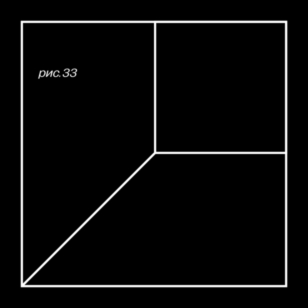
When: 18, 27 Sep, 2 Oct, 19:00–21:00
The exhibition Square and Space. From Malevich to
Workshop participants will build camerae obscurae to create works responding to three exhibition sections: Construction, Man, and Space of Life and Art. Each section incorporates photographic elements, both through artists’ photographs and photorealistic paintings. The resulting works will be displayed at the Left Platform on 13 October, 12:00–21:00.
No artistic training is required.
We will provide all materials to make the camera obscura.
Mediators
Danya Korshikov, Sonya Mezhericher, and Karina Chenyshova are mediators at
Technical support
Andrei Shagin is a specialist at the Vaults Centre for Artistic Production.
Square, Utopias, and Formal Searches
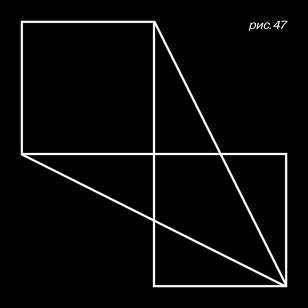
When: 9 Oct, 19:00–21:00
A meeting in the format of an open interview about the Russian avant-garde in the context of the artistic and social life of the early twentieth century—and the present day.
Can we say that early Soviet avant-garde artists not only formed a new artistic path, but also a distinct utopian way of thinking? How does their legacy resonate in Soviet, European, and American contemporary art? We invite you to join the discussion with invited experts.
Speakers
Faina Balakhovskaya is an art historian and consultant for the exhibition A Cup of Consonances. Approaching Rozanova.
Irina Kulik is an art historian with a PhD in literature studies, lecturer at RANEPA, the Rodchenko School and the Joseph Backstein Institute of Contemporary Art.
Mediator
Darya Goryacheva is a mediator at
Viewing Practices
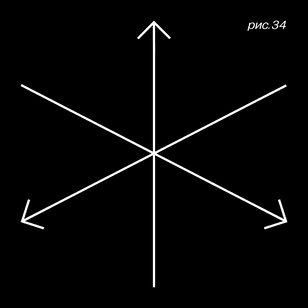
When: 16, 24 Oct, 19:00–21:00
Everyone has their own way of experiencing art. Some prefer to visit a museum alone, while others enjoy guided tours; some take a quick look at the entire exhibition, while others prefer to spend time closely examining just a few works.
The performative mediation at the exhibition Square and Space. From Malevich to
Mediators
Maria Karnoukhova is an employee of the Scientific Library at the Pushkin State Museum of Fine Arts, and a former museum attendant.
Karina Chernyshova is a mediator at